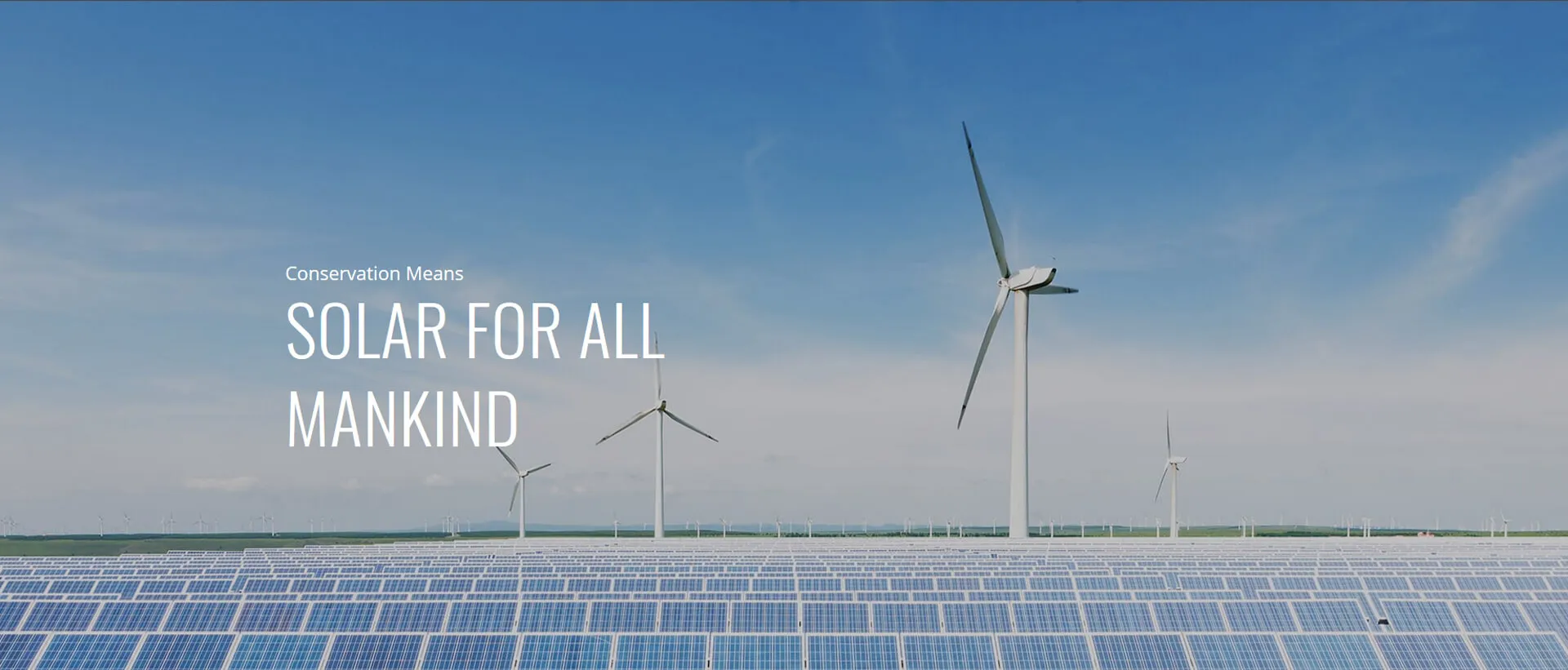Solar Power Solutions with a 10 kW Inverter for Efficient Energy Generation and Savings
Understanding the Solar 10 kW Inverter A Key Component of Solar Energy Systems
As the world shifts towards renewable energy sources, solar power continues to be a leading choice for both residential and commercial applications. Among the essential components of a solar energy system is the solar inverter, and the 10 kW inverter, in particular, offers substantial benefits for medium to large-scale installations.
What is a Solar Inverter?
A solar inverter is a device that converts the direct current (DC) generated by solar panels into alternating current (AC), which is the form of electricity used to power homes and businesses. Inverters come in various sizes and types, with the 10 kW inverter being an ideal solution for systems that require a higher power output.
Why a 10 kW Inverter?
1. Power Capacity A 10 kW solar inverter is designed to handle substantial energy loads. It is suitable for larger residential installations or small commercial setups, where power needs can be more pronounced. This capacity allows users to harness and utilize more electricity from their solar panels, maximizing their energy independence.
2. Efficiency Modern 10 kW inverters boast high efficiency ratings, often exceeding 95%. This efficiency means that more of the energy generated by the solar panels is converted into usable electricity, reducing losses and maximizing overall system performance.
3. Integrated Technology Many 10 kW inverters come equipped with advanced features such as maximum power point tracking (MPPT), which optimizes energy production by adjusting the inverter's operation to match variations in sunlight intensity. This technology ensures that the solar system operates at its peak potential throughout the day.
Installation Considerations
solar 10kw inverter

When installing a 10 kW solar inverter, several factors need to be taken into account
1. System Size The inverter must be compatible with the total output of the solar array. For a 10 kW inverter, a typical solar panel installation might consist of around 30-40 solar panels, depending on the wattage rating of each panel.
2. Location Inverters should be installed in a cool, shaded area to avoid overheating and maintain efficiency. Proper placement also ensures ease of access for maintenance and monitoring.
3. Grid Connection If the system is grid-tied, the inverter must meet local utility regulations and guidelines. This includes ensuring that the inverter has the necessary certifications and can safely disconnect from the grid during outages.
Benefits of Using a 10 kW Inverter
- Sustainability Utilizing a solar inverter contributes to a cleaner environment by reducing reliance on fossil fuels. - Cost Savings By generating your own electricity, users can reduce their energy bills significantly. Many systems also qualify for tax incentives or rebates, improving return on investment. - Energy Independence With a solar energy system in place, users can rely less on the grid, providing a buffer against rising energy prices and potential power outages.
Conclusion
A solar 10 kW inverter is an integral part of a solar energy system, serving as the bridge between solar power generation and everyday electricity usage. Its ability to efficiently convert and manage energy output makes it an attractive option for those looking to invest in sustainable energy solutions. As technology continues to advance, these inverters are poised to play an even more critical role in our transition to renewable energy, providing a reliable, eco-friendly power source for years to come. Whether for residential or commercial applications, installing a 10 kW inverter is a strategic step towards energy independence and sustainability.
-
Unlocking Energy Freedom with the Off Grid Solar InverterNewsJun.06,2025
-
Unlock More Solar Power with a High-Efficiency Bifacial Solar PanelNewsJun.06,2025
-
Power Your Future with High-Efficiency Monocrystalline Solar PanelsNewsJun.06,2025
-
Next-Gen Solar Power Starts with Micro Solar InvertersNewsJun.06,2025
-
Harnessing Peak Efficiency with the On Grid Solar InverterNewsJun.06,2025
-
Discover Unmatched Efficiency with the Latest String Solar InverterNewsJun.06,2025







